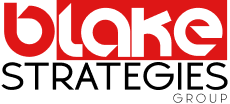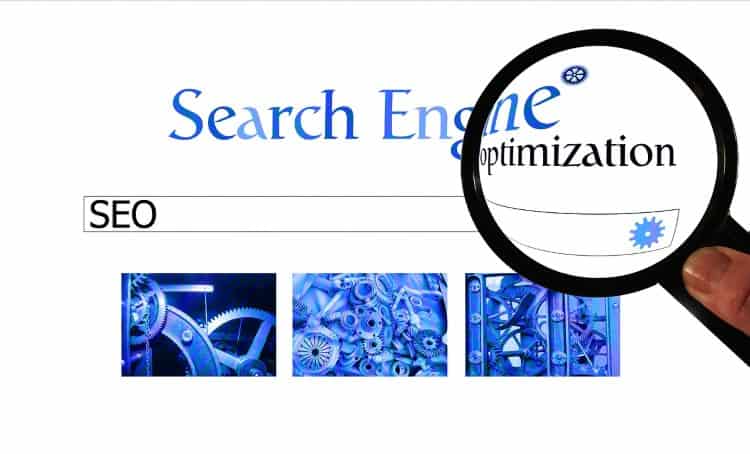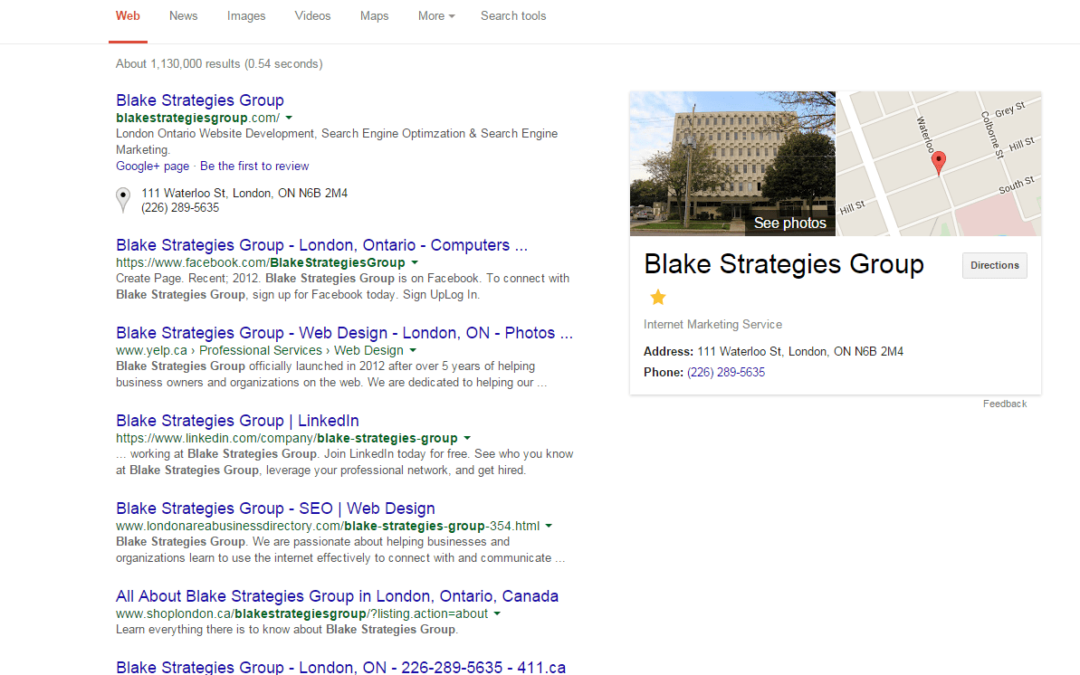
Online Marketing for Small Business: 3 Mistakes You Could Be Making
For many small business owners, cost-effective marketing is crucial to the success of their business. Thanks to technology, marketing for small businesses has become less and less expensive over the past few years. Investing a few hundred or a few thousand dollars can go much further than it did in the past.
Unfortunately there are still a lot of small business owners who aren’t embracing the new trends in marketing and specifically online marketing. Almost everyday, I talk to small business owners who don’t yet have a company website, a company Facebook page or any other online presence.
Here are just a few of the most common mistakes that I see in dealing with small business owners in various industries.
“Investing” in Online Yellow Pages Services – We all know what the Yellow Pages are, but when was the last time you opened the Yellow Pages phone book or went to the Yellow Pages website? At home, we haven’t had a Yellow Pages book in more than 5 years. I don’t even know where I would find one! The Yellow Pages website ranks well in various industries, but I would “assume” that not many people actually go to their website directly to look for services. Yellow Pages offers services to help you get on top of their listings, but the problem is that people have to go to their website first, before they can get your business in front of a client or customer.
I know from speaking with a number of people who have dealt with YP, that they employ very good salespeople. The trouble is that for most small business owners, the prices that they charge for the services are astronomical. If someone is asking you to invest $1000+ per month in their services, they better be generating A LOT of business for you! I would suggest that for a small business, there are many other places that you could be investing your money.
Neglecting Social Media – I understand that not every small business owner is tech savvy and understands social media, but just because you don’t understand it or use it personally, doesn’t mean that you can ignore it completely. Your business can benefit from being on Facebook, Twitter, Pinterest and Linkedin, just to name a few. If you don’t know where to start, use the services of a company that can help you with Social Media Marketing. Social media is a great way to get in front of your prospective clients and customers and to keep top of mind for your current clientele.
Neglecting SEO – When it comes to online marketing, the term “just Google it” comes up time and time again. Any time I want to know about anything, including the products and services of small businesses in my area, I just Google it. Usually I glance through the first page of results and hopefully find what I’m looking for. The businesses that are on the front page end up being the winners. If your are the owner of a small business and your website isn’t anywhere to be found when you search for terms related to your business, you need help! Think about it: What’s it worth for you to get one more customer? or better yet – how much does it cost you to lose a customer because they couldn’t find you easily? It’s time to invest in SEO to get your website in front of your prospective customers and clients.
The Bottom Line
Online Marketing for small businesses is a powerful way to generate leads for your business. It doesn’t have to cost a fortune to have a big impact. If you don’t know where to start, hire the services of a social media marketing or SEO company. Online marketing isn’t going away and it’s your best ally when it comes to marketing your business on a budget, so it’s time to embrace it!





